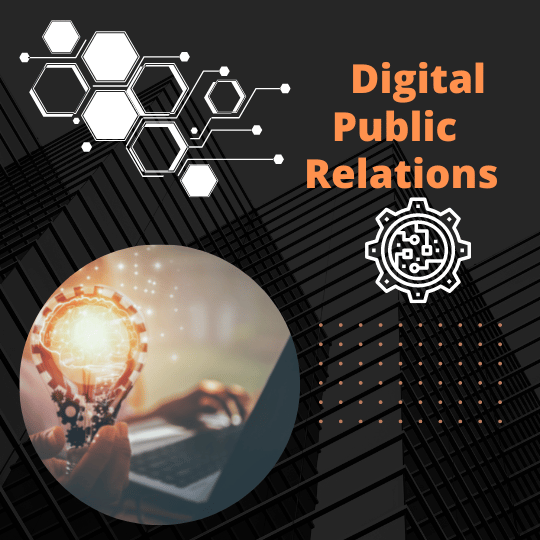In today's fast-paced digital world, companies and organizations are constantly seeking ways to build their brand awareness and reputation. Two popular marketing strategies are Public Relations (PR) and Digital PR, but what's the difference between the two? While both PR and Digital PR aim to promote a brand and manage its reputation, they differ in their approaches, methods, and target audiences.
This article aims to explore the key differences between PR and Digital PR and how they can be utilized to achieve specific marketing goals.
Public Relations (PR) is a marketing strategy aimed at building and maintaining a positive public image for a company or organization. PR uses various tactics such as media relations, press releases, events, and sponsorships to generate publicity and establish a positive reputation. PR professionals work to build relationships with journalists, editors, and other media professionals to secure coverage for their clients. The ultimate goal of PR is to manage a company's reputation and enhance its credibility with the public.
Digital PR is a marketing strategy that focuses on building and managing a brand's online reputation. Digital PR uses various digital platforms such as social media, online publications, blogs, and influencer marketing to generate publicity and increase brand awareness. Digital PR professionals work to create engaging content that resonates with their target audience and builds relationships with online influencers to amplify their message. The ultimate goal of Digital PR is to create a positive online presence that reflects a company's brand values and reputation.
While both PR and Digital PR share the goal of building and maintaining a positive brand reputation, they differ in their specific objectives.

PR and Digital PR also differ in their methods and tactics. While PR primarily relies on traditional media outlets such as newspapers, magazines, and TV, Digital PR leverages digital platforms and channels to reach its target audience.

PR and Digital PR also differ in their target audiences. While PR targets traditional media outlets and their audiences, Digital PR targets online communities, social media users, and online influencers.
While PR and Digital PR differ in their methods, goals, and target audiences, they can also be integrated to achieve a more
Integrated PR and Digital PR can help companies achieve their marketing goals more effectively by leveraging the strengths of both strategies. By combining traditional PR methods with digital marketing tactics, companies can create a more holistic marketing approach that reaches both traditional and online audiences.
For example, a company can use a press release to generate media coverage and then share that coverage on social media to reach a wider audience. They can also work with influencers to promote their brand and build relationships with online communities. By integrating PR and Digital PR, companies can create a unified message that resonates with their target audience across various platforms and channels.
In today's digital age, companies and organizations need to utilize both PR and Digital PR to achieve their marketing goals effectively. While PR primarily targets traditional media outlets and their audiences, Digital PR focuses on online communities, social media users, and online influencers. By integrating PR and Digital PR, companies can create a more holistic marketing approach that reaches both traditional and online audiences. Understanding the differences between PR and Digital PR is crucial in developing a marketing strategy that works for your company.